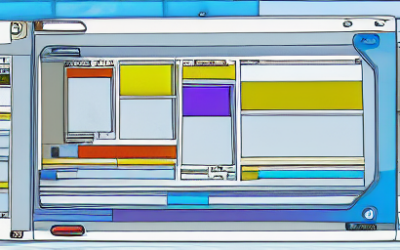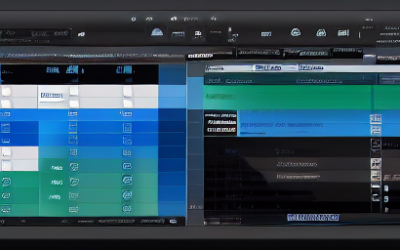Enterprise Resource Planning (ERP) software solutions are comprehensive business management systems designed to help companies of all sizes streamline their operations and improve efficiency. ERP software solutions provide a unified platform for capturing, storing, and managing data from all areas of the organization, including finance, inventory, purchasing, sales, and more.
Tech Blog
Tech Insights, Information, and InspirationOrder Management Systems (OMS)
Order management systems (OMS) are software solutions that are used to manage the entire order process from order entry to fulfillment and invoicing. These systems are designed to automate, streamline, and organize the entire order process. They can be used to manage customer orders, track inventory, process invoices, and generate reports.
What is ERP software?
ERP (Enterprise Resource Planning) software is a type of software that is designed to manage and integrate a wide range of business processes and operations. It enables businesses to automate and streamline their processes, improve efficiency, and reduce costs. ERP software typically includes modules for financials, inventory management, supply chain management, project management, human resources, customer relationship management, and more.
Enterprise App Development
Enterprise app development is the process of creating and developing applications specifically designed to meet the needs of businesses. These apps are designed to help businesses manage their operations, increase efficiency, and improve customer engagement.
Business Management Software
Business management software is a type of software that is used to manage the various aspects of a business, such as finances, operations, inventory, customer relations, and human resources. It helps companies streamline their processes and operations, improve efficiency, and increase productivity.
What to Know Before Switching to an ERP
What is an ERP, Why Do We Need it And Who Owns It?
ERP Software Development
Enterprise Resource Planning (ERP) software development refers to the software that integrates an organization’s core business processes.
ERP Systems
Enterprise Resource Planning (ERP) systems refer to the software that integrates an organization’s core business processes.
Get In Touch
UseTech Design, LLC
TROY, MI • BLOOMFIELD HILLS, MI
Call or text +1(734) 367-4100






